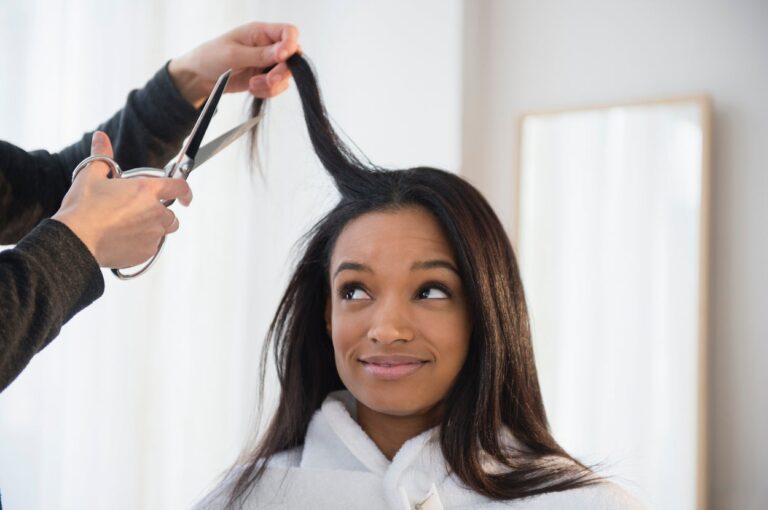Hairstylists Weigh In on Tipping Culture and Tipflation
The discussion surrounding “tipflation” and appropriate gratuity has consistently excluded a key perspective: that of hairstylists. As clients grapple with feelings of tip fatigue, how do professionals in the hair industry perceive these changes?
The Perspective of Collin Martin
Collin Martin, a hairstylist and educator based in Englewood, Florida, shares his thoughts on the matter. “I don’t blame clients for feeling overwhelmed by tipping,” he stated, acknowledging the emotional burden that patrons might experience. Martin appreciates the gesture of tipping, but he emphasizes that he doesn’t depend on it for his income.
Building a Sustainable Income
Martin highlights the danger of basing one’s earnings on the discretionary decisions of clients. He remarked, “To base even a portion of my income on the emotional response of another human being is… do I need to finish the sentence?” This realization has led him to adopt a different approach: “I simply charge my worth,” which he believes fosters a healthier mindset for hairstylists.
John Mosley’s Take on Tipping
John Mosley, a barber and grooming expert from Dallas, Texas, aligns with Martin’s views. He stated, “I don’t see anything wrong if a client decides not to tip.” With a clientele that includes well-known figures like Kendrick Lamar and Eminem, Mosley recalls a time when he didn’t work with high-profile customers but still enjoyed a reasonable tipping culture in his neighborhood barbershop.
The Role of Tipping in Local Barbershops
In local barbershops, tipping often feels like a community support mechanism. Mosley explained that clients perceive their tips as a way to help the business compensate for lower prices. This creates a unique dynamic where tipping becomes intertwined with local support and loyalty.
Insights from J. Clark Walker
J. Clark Walker, a barber and owner of Major Studios in Salt Lake City, believes the TikTok user who sparked this conversation brought up valid points. However, he suspects that her hairstylist might have been surprised by the lack of a tip after providing extensive service. Walker emphasized that if clients can afford it, they should consider tipping, especially for high-quality service.
Understanding Client Behavior
Walker has seen a variety of client behaviors regarding tipping. Some clients consistently tip well, while others may forget or choose not to tip altogether. “You definitely remember great tippers,” he said, indicating that good tippers stand out positively in the hairstyling profession.
Tamara Necole’s Experience in High-End Salons
Tamara Necole, a specialist in wig making and weave installations at a high-end salon in Culver City, California, has her own insights on the matter. While her services can range from $175 to $850, she harbors no ill feelings toward clients who don’t tip. However, she often wonders if the absence of a tip reflects dissatisfaction with her service. Her approach is to offer an even better experience on their return visits, indicating a commitment to client satisfaction.
Conclusion
The debate on tipping in the hair industry and the phenomenon of tipflation raises important questions about income, expectations, and client-stylist relationships. As hairstylists continue to navigate these dynamics, understanding their perspectives can help create a more informed and respectful conversation surrounding gratuity.
